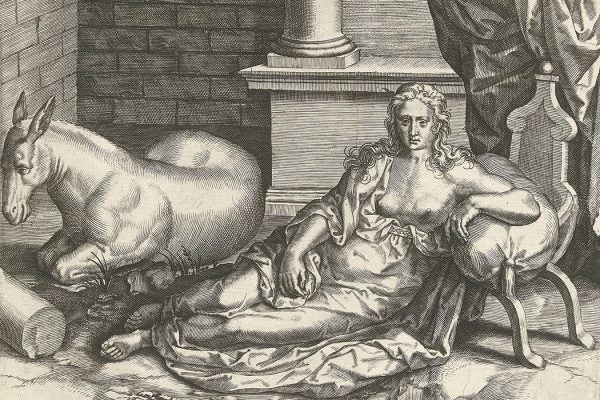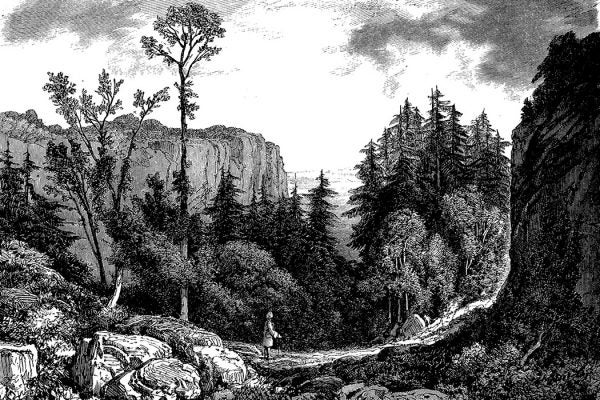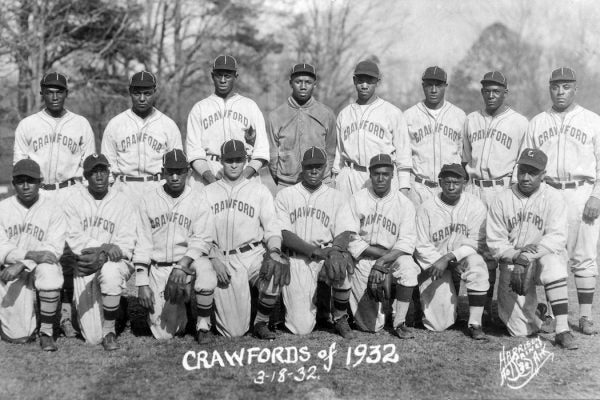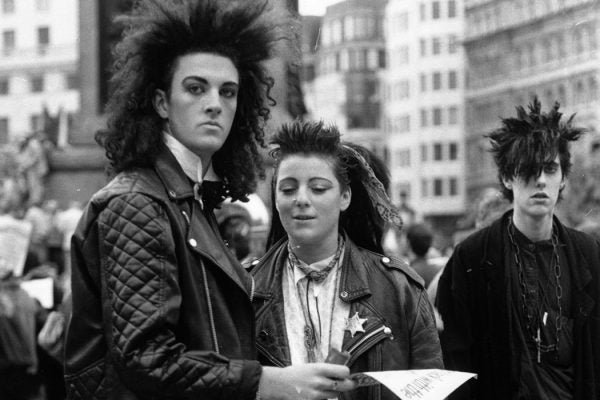Ancient Monks Got That Quarantine Feeling, Too
Listlessness, boredom, torpor, that "noonday demon" that tempts you away from spiritual connections—that's what was called acedia.
Discovering the Joy of Solitude While Social Distancing
Does the late eighteenth and early nineteenth century Romantic notion of solitude offer a lesson for those practicing social distancing?
How Spirit Photography Made Heaven Literal
Are the departed watching over us, and if so, what are they wearing? Victorian spiritualists believed that ghosts could be captured on film.
On the 100th Anniversary of the Negro Leagues, a Look Back at What Was Lost
A century ago, teams from eight cities formally created the Negro National League. Three decades of stellar play followed.
The Theory of Cuss Word Relativity
Which words are considered taboo varies by place and time, scholars find.
How Public Schools “Americanized” Hawai‘i
Colonial education administrators recruited teachers from the mainland, but soon realized another strategy was in order.
Goth Won’t Die, but It Wants a Funeral Anyway
Like its celebrated vampires, the Goth subculture has roots in a fascination with death and cultural transgression.
How Comparative Religion Took Root in the 19th Century
Many Americans considered faiths outside Christianity and Judaism to be "pagan." Unitarian minister James Freeman Clarke argued otherwise.
When Sports Have “Death Waivers”
Obstacle courses can draw thousands of participants to a single event, but legal scholars say they need scrutiny.
Archaeological Discoveries Are Happening Faster Than Ever Before
And it's helping refine the human story.









